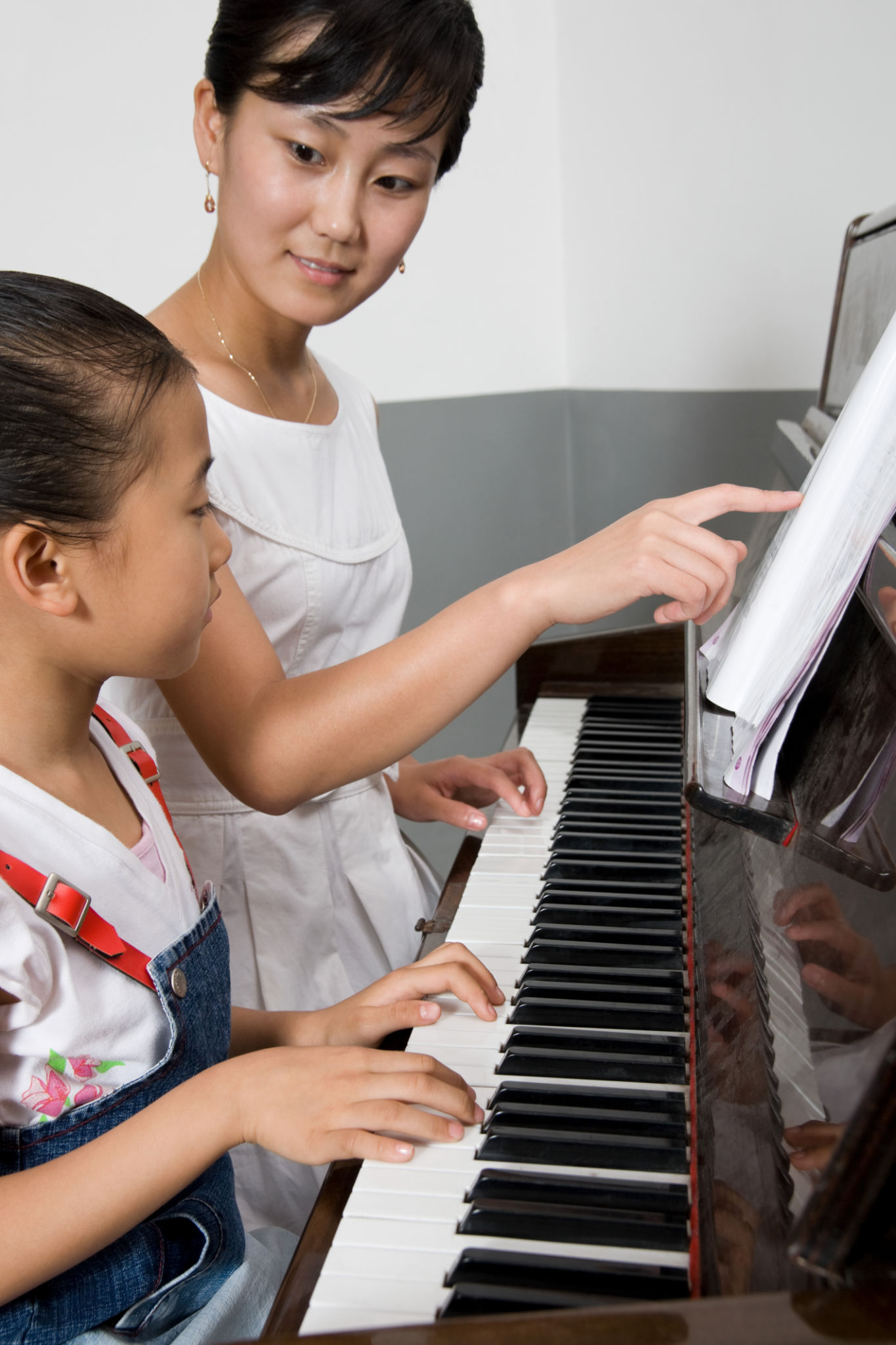Transforming Schools with Creative Workshops: A Case Study
Introduction to Creative Workshops in Schools
In recent years, the educational landscape has been evolving, with schools increasingly embracing creative workshops as a means to transform traditional learning environments. These workshops not only foster creativity but also enhance students' cognitive abilities and social skills. By integrating creative approaches into the curriculum, schools are seeing remarkable improvements in student engagement and achievement.
Creative workshops offer a unique platform for students to express themselves, explore new ideas, and collaborate with peers. This case study highlights how one school successfully implemented a series of creative workshops to revolutionize its educational approach and outcomes.

Setting the Stage: Identifying the Need for Change
Many schools face challenges such as lack of student motivation, limited engagement, and difficulties in adapting to diverse learning styles. Recognizing these issues, the administration of our case study school decided to pilot a new educational strategy centered around creativity and innovation. The objective was to create an environment where students could thrive academically and personally.
The school conducted a thorough analysis of existing teaching methods and identified areas where creative interventions could be most effective. This set the foundation for designing workshops that would break away from conventional teaching norms.
Designing the Creative Workshop Curriculum
Developing a comprehensive curriculum was a critical step in ensuring the success of the creative workshops. The school collaborated with educators, artists, and industry professionals to craft a series of engaging activities tailored to different age groups and learning objectives.
- Art and Design Workshops: Students explored various artistic mediums, fostering self-expression and visual communication skills.
- Theatrical Performances: Drama workshops encouraged teamwork and confidence, allowing students to step into different roles and perspectives.
- STEM Innovation Labs: By integrating science, technology, engineering, and mathematics with creative problem-solving, students were challenged to think critically and innovate.

Implementation and Execution
The implementation phase involved meticulous planning and coordination among teachers, workshop facilitators, and support staff. Regular training sessions were conducted to equip teachers with the necessary skills to guide students effectively through these new learning experiences.
The workshops were scheduled as part of the regular school timetable to ensure that all students could participate without additional time commitments. This approach helped integrate creativity into everyday learning seamlessly.
Measuring Impact and Outcomes
Evaluating the impact of creative workshops was essential to understand their effectiveness. The school employed a mix of qualitative and quantitative methods to assess improvements in student performance, engagement, and overall satisfaction.
The results were promising: students demonstrated increased enthusiasm for learning, enhanced critical thinking abilities, and improved collaboration skills. Teachers also reported a noticeable shift in classroom dynamics, with students more willing to take risks and explore new ideas.

Lessons Learned and Future Directions
The success of the creative workshops provided valuable insights into the transformative power of integrating creativity into education. One key lesson was the importance of continuous feedback from both students and teachers to refine workshop content and delivery.
Looking ahead, the school plans to expand its creative workshop offerings, incorporating more digital tools and resources to keep pace with technological advancements. By doing so, they aim to prepare students for the ever-evolving demands of the modern world.
Conclusion: A Model for Educational Transformation
This case study illustrates how creative workshops can serve as a catalyst for educational transformation. By fostering an environment that values creativity, schools can unlock the full potential of their students, equipping them with the skills necessary for success in both academic and personal pursuits.
The journey towards educational innovation is ongoing, but the results from this initiative demonstrate that with thoughtful planning and execution, schools can create meaningful change that benefits all stakeholders involved.
